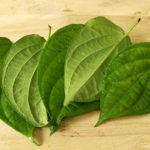1. Mint vegetable
Mint vegetable is a specialty aromatic vegetable of the Northwest mountainous region. The vegetable belongs to the Quyet family and has a similar shape to water celery, often living in places like streams, hills with high humidity.
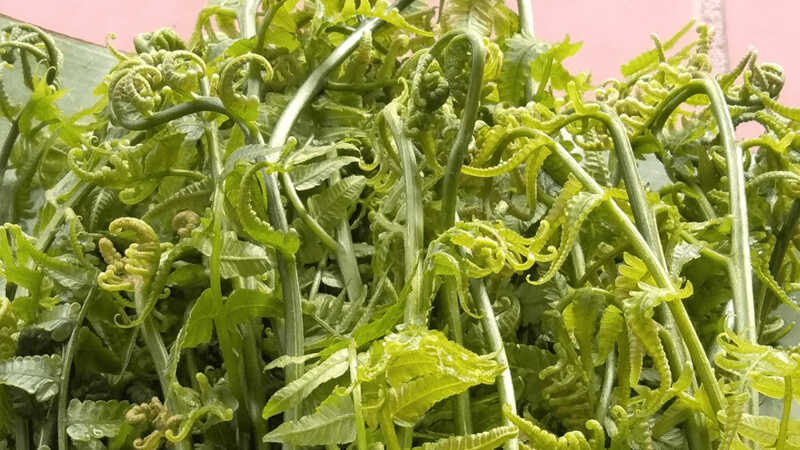
Mint vegetable helps with urination, bowel movement, treats insomnia, back pain..
Mint vegetable sprouts from spring to summer. Fresh mint can be processed into many delicious dishes such as: stir-fried mint with garlic, stir-fried with beef, salad, soup, with a unique, crispy, and unforgettable taste.
In traditional medicine, this vegetable is also considered as a cooling medicine, helps with urination, bowel movement, treats insomnia, back pain.
2. Forest cabbage (herbaceous vegetable)
Forest cabbage or also known as cinnamon cabbage, arrowhead. Because of the shape of the leaves that resembles arrowroot, it is usually known by the name forest cabbage, but this type of vegetable has longer, smaller, darker and more shiny leaves than regular arrowroot.
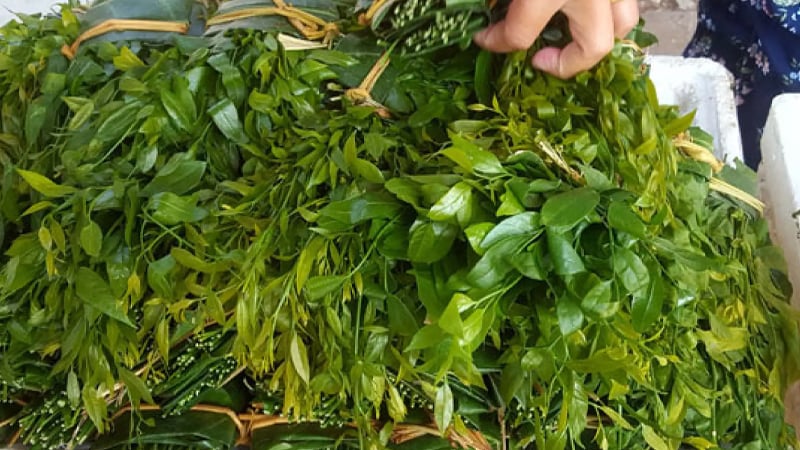
Eating herbaceous vegetable is good for postpartum women and those who have just recovered from illness
Herbaceous vegetable is rich in protein and amino acids, often cooked as a nutritious soup for postpartum women, people with bowel disease, and those who have just recovered from illness.
Bamboo shoot vegetable grows in the Northern mountainous region, especially in Lang Son province. This type of vegetable is also called bitter vegetable, chewing vegetable, climbing vegetable.
Because of its distinctive bitter taste, when cooking, people usually boil it several times with water to reduce the bitterness, then it can be cooked into many delicious dishes such as stir-fried bitter vegetable with garlic, stir-fried with eggs, minced meat soup…
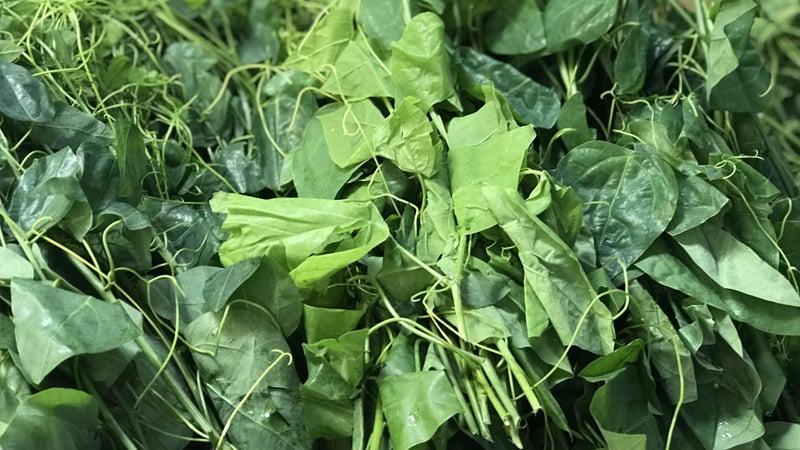
Dried bamboo shoot vegetable is good for body detoxification
The effects of bamboo shoot vegetable on health are based on the folk experience of the mountainous people in Tuyen Quang. Usually, people make use of the entire bamboo shoot vegetable, dry the fresh stems and leaves, then extract the water to drink to treat some diseases such as urinary tract inflammation, urinary incontinence, liver inflammation caused by super bacteria in women and children, kidney stones. This vegetable has a cooling property, helps treat internal heat, detoxifies the body, treats insomnia, nocturnal urination…
4. Betel leaf
Betel leaf is known to many people in soups, hot pots thanks to its characteristic sour taste.
Betel leaf is a wild growing plant, it has climbing stems, the leaves have a sour taste, usually processed into delicious dishes such as catfish hot pot, beef hot pot, sour soup, betel leaf chicken soup, stir-fried buffalo meat, betel leaf beef soup…
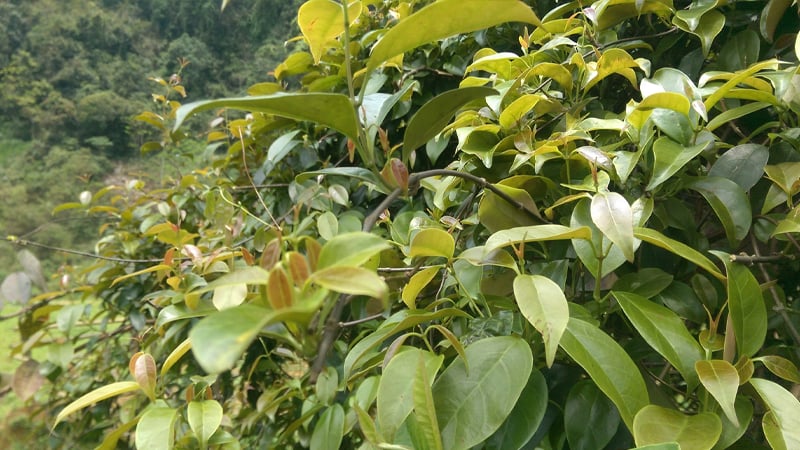
Betel leaf treats bloating, stomach pain, joint pain…
In addition, according to Eastern medicine, betel leaf also has the effect of cooling fever, anti-inflammatory, detoxification… It treats indigestion, bloating, stomach pain, joint pain.
5. Crab claw herb
Crab claw herb is a familiar vegetable to many people. The plant has a short stem, about 20-40cm tall, the stem is sticky, the leaves are small and heart-shaped.

Crab claw herb helps nourish yin, blood, detoxify and cool the body
When eating, people will clean the fuzz on the vegetable, then process it into many delicious dishes such as crab claw salad, stir-fried crab claw with beef, eat raw with meat…
In Eastern medicine, crab claw herb has a cold nature, a sour and spicy taste that helps nourish yin, blood, detoxify and cool the body, promote digestion, benefit both large and small intestines. Nowadays, we can use crab claw herb when experiencing symptoms of respiratory infections, liver inflammation, stomach inflammation, intestinal inflammation.
6. Gold-banded lily herb
Gold-banded lily herb is a wild plant, abundant in farming areas and rice fields.
When eating, gold-banded lily herb has a bitter taste but leaves a sweet aftertaste on the tip of the tongue, it can be processed into stir-fry dishes, soups, and hot pots, all of which are delicious.
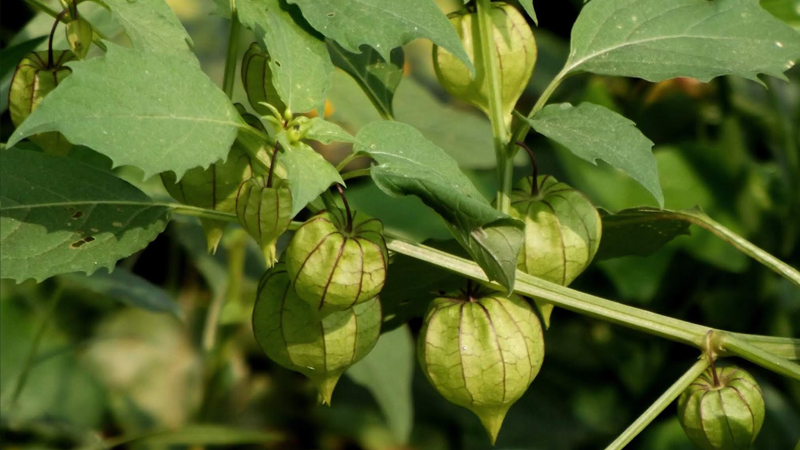
Gold-banded lily herb has many good health benefits
In folk medicine, gold-banded lily herb is known as a fever-reducing remedy for children and is quite effective. Along with that, this plant is also rich in essential vitamins for the body, enhances immunity, strengthens health, and prevents infections.
One of the amazing benefits of gold-banded lily herb is its ability to kill cancer cells. The components in gold-banded lily herb, especially vitamin C, can support the treatment of cancer, especially lung, stomach, liver, colon, and pharyngeal cancer.





























